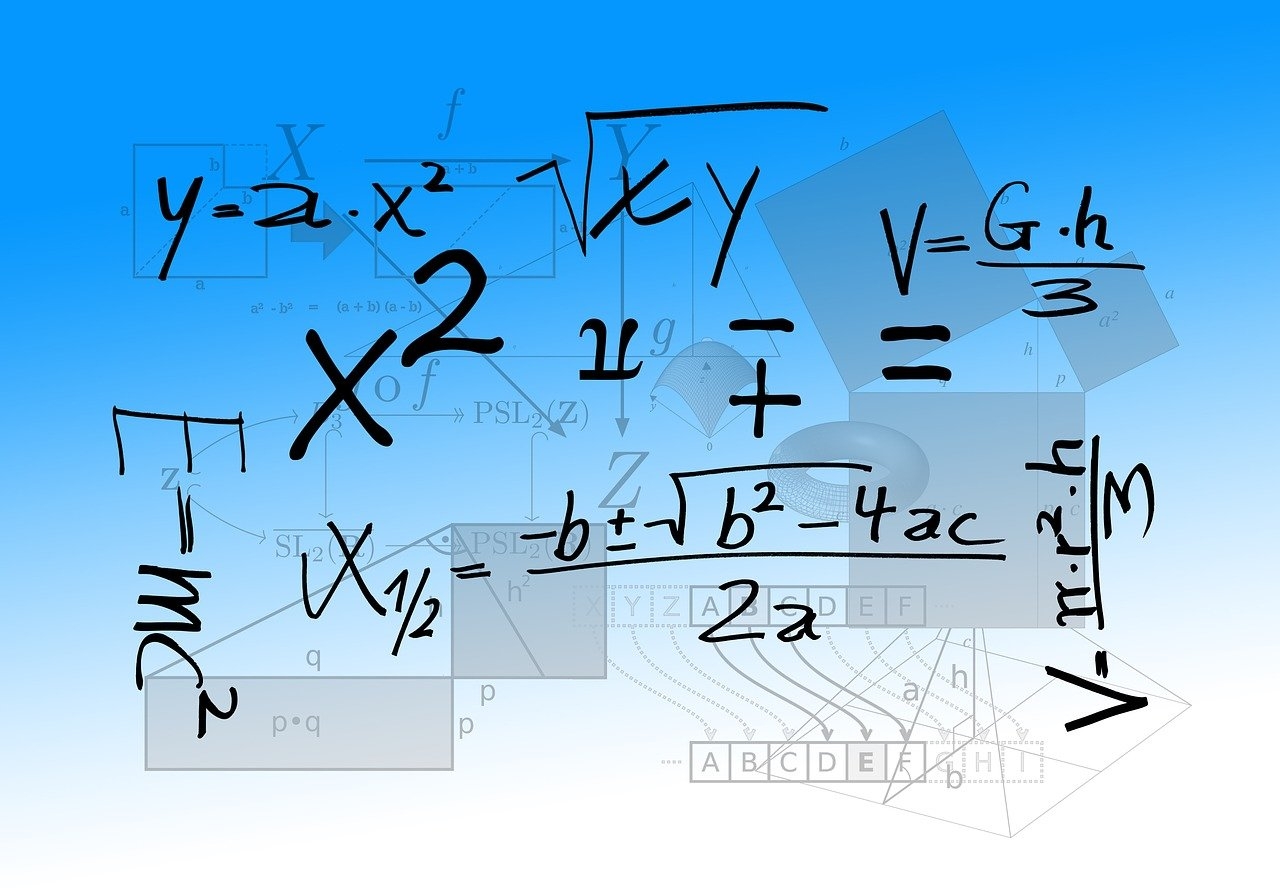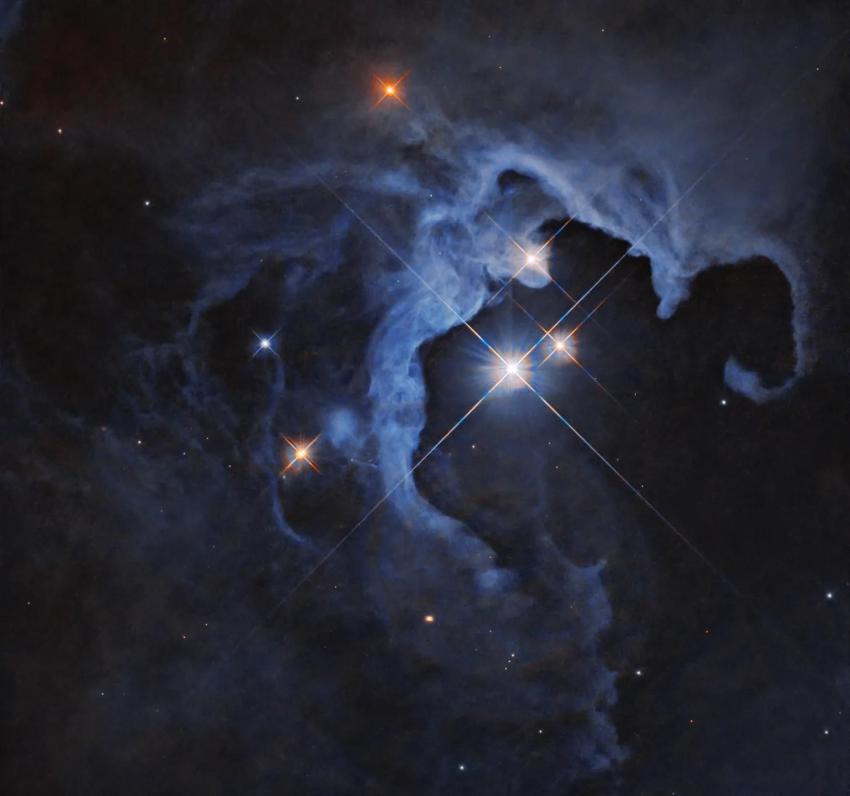We reach more than 65,000 registered users in Dec!! Register Now

A formula for life? New model calculates chances of intelligent beings in our Universe and beyond
- August 24, 2025
- 1 Views
- 0 Likes
- 0 Comment
The chances of intelligent life emerging in our Universe – and in any hypothetical ones beyond it – can be estimated by a new theoretical model which has echoes of the famous Drake Equation.
This was the formula that American astronomer Dr Frank Drake came up with in the 1960s to calculate the number of detectable extraterrestrial civilisations in our Milky Way galaxy.
More than 60 years on, astrophysicists led by Durham University have produced a different model which instead focuses on the conditions created by the acceleration of the Universe's expansion and the amount of stars formed.
It is thought this expansion is being driven by a mysterious force called dark energy that makes up more than two thirds of the Universe.
What is the calculation?
Since stars are a precondition for the emergence of life as we know it, the model could therefore be used to estimate the probability of generating intelligent life in our Universe, and in a multiverse scenario of hypothetical different universes.
The new research does not attempt to calculate the absolute number of observers (i.e. intelligent life) in the universe but instead considers the relative probability of a randomly chosen observer inhabiting a universe with particular properties.
It concludes that a typical observer would expect to experience a substantially larger density of dark energy than is seen in our own Universe – suggesting the ingredients it possesses make it a rare and unusual case in the multiverse. This Hubble Space Telescope image captures a triple-star system, which can host potentially-habitable planets. Our nearest stellar neighbour, the Alpha Centauri system, includes three stars.NASA, ESA, G. Duchene (Universite de Grenoble I); Image Processing: Gladys Kober (NASA/Catholic University of America)Licence typeAttribution (CC BY 4.0)The approach presented in the paper involves calculating the fraction of ordinary matter converted into stars over the entire history of the Universe, for different dark energy densities.
This Hubble Space Telescope image captures a triple-star system, which can host potentially-habitable planets. Our nearest stellar neighbour, the Alpha Centauri system, includes three stars.NASA, ESA, G. Duchene (Universite de Grenoble I); Image Processing: Gladys Kober (NASA/Catholic University of America)Licence typeAttribution (CC BY 4.0)The approach presented in the paper involves calculating the fraction of ordinary matter converted into stars over the entire history of the Universe, for different dark energy densities.
The model predicts this fraction would be approximately 27 per cent in a universe that is most efficient at forming stars, compared to 23 per cent in our own Universe.
This means we don't live in the hypothetical universe with the highest odds of forming intelligent life forms. Or in other words, the value of dark energy density we observe in our Universe is not the one that would maximise the chances of life, according to the model.
List of Referenes
- Daniele Sorini, John A Peacock, Lucas Lombriser. The impact of the cosmological constant on past and future star formation. Monthly Notices of the Royal Astronomical Society, 2024; 535 (2): 1449 DOI: 10.1093/mnras/stae2236
Cite This Article as
No tags found for this post









